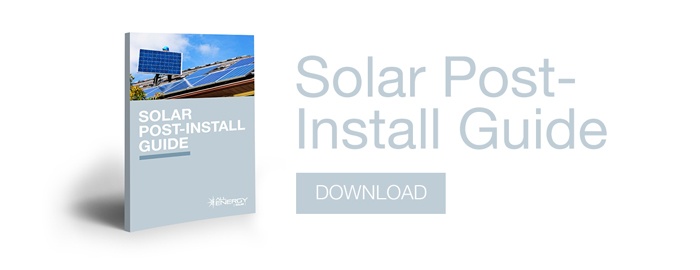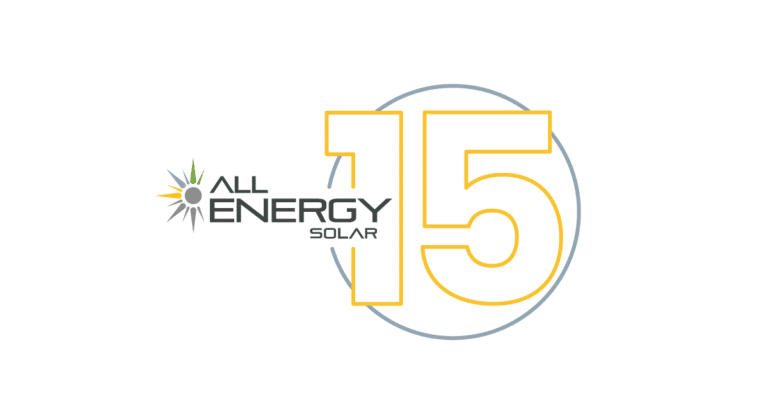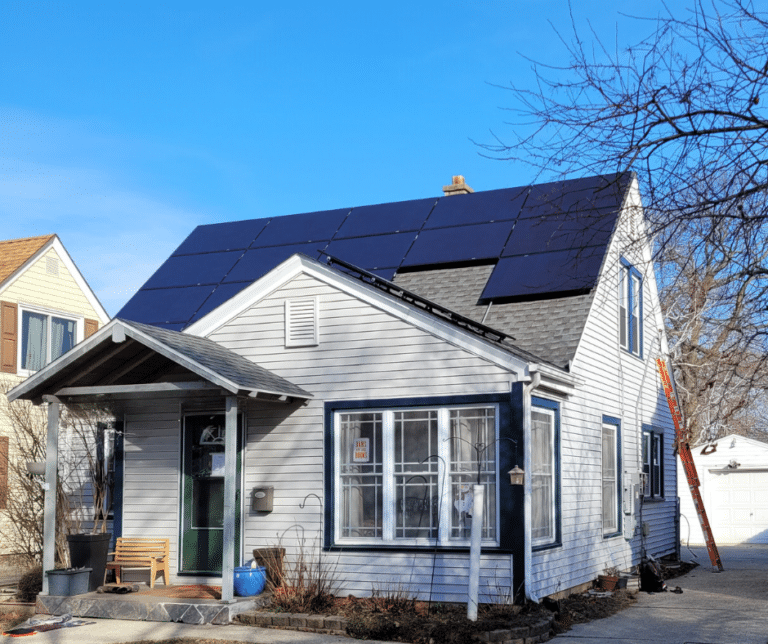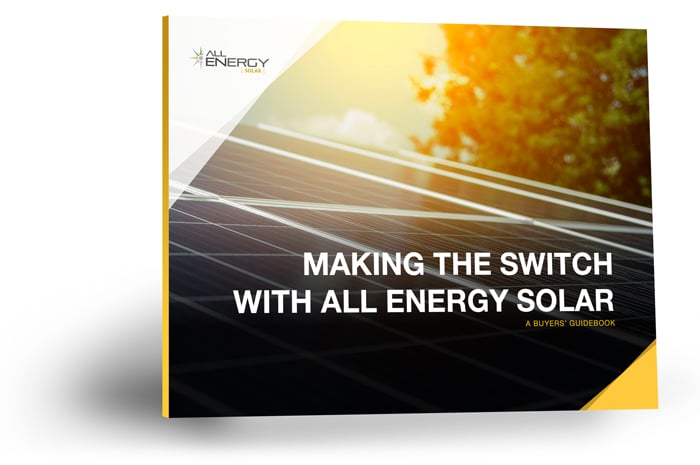Part of a solar PV panel installation involves setting up a monitoring system that you can use either from a stationary unit or through an app on a computer or smart device. Your installer will cover solar monitoring in-depth with you so you can track your system’s performance.
Here’s an overview of solar system monitoring.
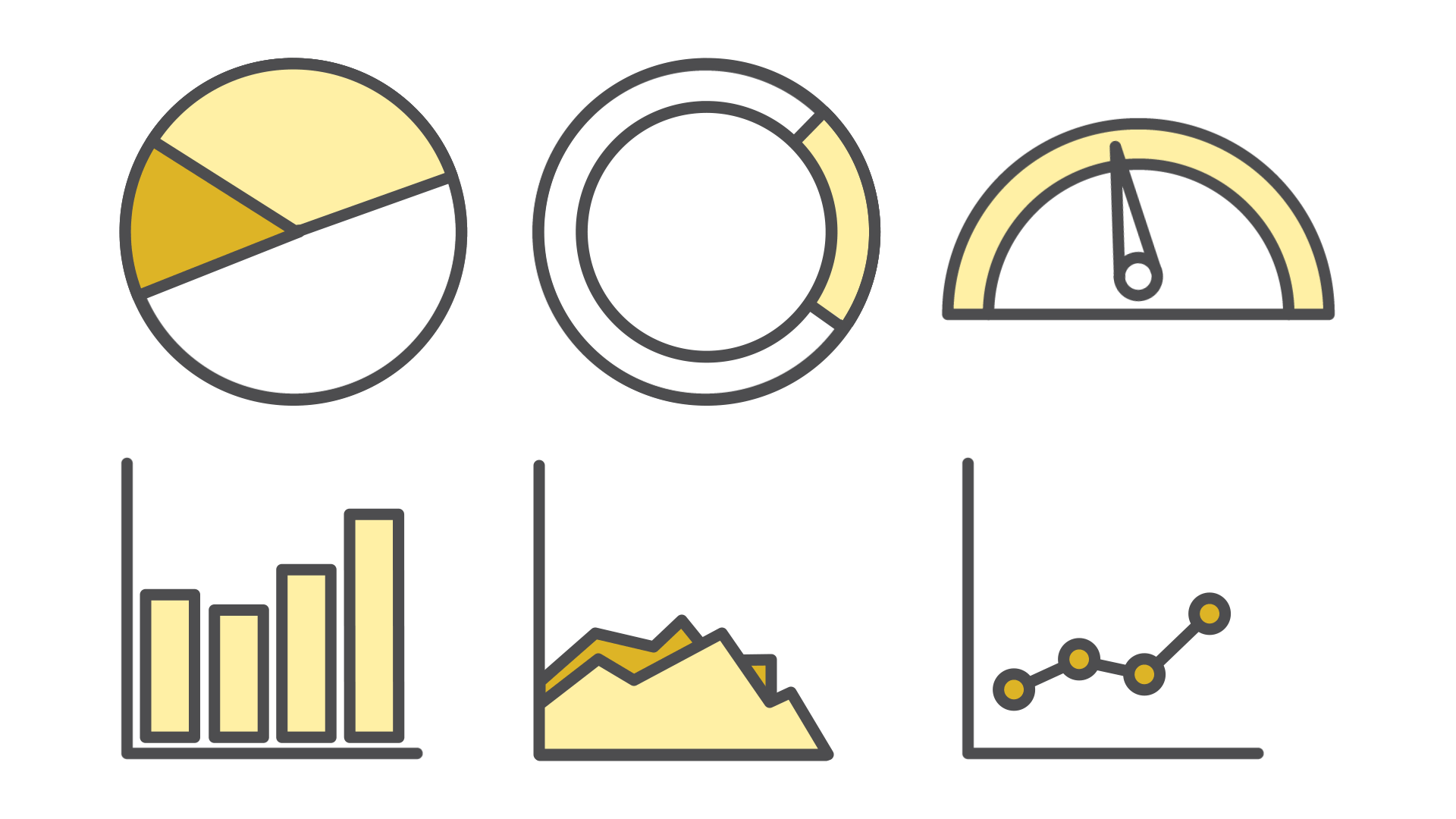
Performance
Following installation, you’ll be given a detailed estimate of your system’s output. Through the use of the mobile or desktop app, you’ll find it easy to confirm the performance of your system and view the amount of energy you’re producing during time frames you can specify.
Additionally, systems equipped with consumption meters will be able to determine the times of day when your home is in peak energy consumption and identify opportunities to reduce the amount of electricity you’re using. This is a great way to get the most out of your solar system. Check out other tips for maximizing your system’s performance.
Changes in sunlight and energy production
When tracking your system, you’ll notice periodic production dips and increases that usually are caused by changes in the amount of sunlight hitting your panels. This is common during cloudy or overcast days and no action on your part is required in these circumstances.
As to actual problems with the system, it’s rare for solar panels to not meet performance expectations. Quality panels installed by experienced professionals are designed to give you decades of high, maintenance-free performance.
Download our eBook, Solar Post-Install Guide, for the expert rundown on how you can get the most value out of your solar panel system!
